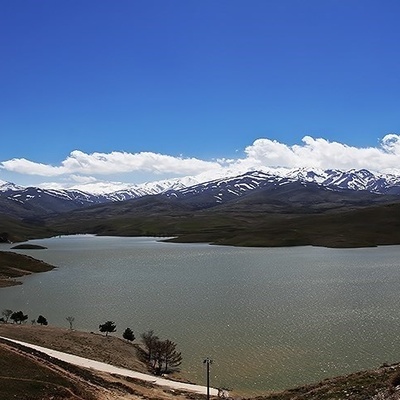SAEDNEWS: Monarchists have long exploited Iran’s historical emblems to feign patriotism, but Reza Pahlavi’s endorsement of Israel’s recent aggression has laid bare the Pahlavis’ true anti‑Iranian character.

According to Saed News, one of monarchists’ chief stratagems to present themselves as defenders of Iran has been the misuse of historical symbols; yet with Reza Pahlavi’s support for Israel’s assault on Iran in the recent imposed war, the Pahlavis’ real face has been revealed to public opinion.
According to the political desk of Saed News, citing Fars, if we monitor monarchist‑leaning pages and accounts—operating under the guise of publishing social‑historical content—on social media, we notice that these pages employ Iran’s historical symbols such as the Faravahar, the Derafsh Kaviani, the Derafsh Shahbaz, and the Cyrus Cylinder alongside images of Reza Pahlavi, Mohammad Reza Pahlavi, and others, in an attempt to fabricate an artificial link between “the Pahlavis” and “ancient Iran.”


This tactic began with the very founding of the Pahlavi regime; yet it is evident that this form of “nationalism” among the Pahlavis has been nothing more than “false symbolism,” while in practice they promoted a Western, anti‑Iranian culture.
For example, we see this injection of Western culture in the celebration of the Shiraz Arts Festival by Farah Pahlavi. Although monarchist cyber operatives’ exploitation of historical symbols has reached its zenith in recent years with the rise of various online platforms, the pattern remains the same.

The Pahlavis have always attempted, by appropriating Iranian myths and illustrious historical figures—such as Cyrus, Darius, or Shapur the Sassanian—to craft for themselves an Iranian, national image, hoping thereby to wipe the stamp of Western dependence from their foreheads.

In recent years, monarchists have tried to present themselves as a “national” movement in parallel with portraying the Islamic Republic as the precise antithesis of Iran and national identity—so that social‑media users conclude in their minds that the sole genuine nationalist who thinks of Iran is Reza Pahlavi.

In truth, Pahlavi sacrifices Iran’s precious historical symbols to the hostile aims of the Zionist regime. A vivid example is the use of “Achaemenid soldiers” in the logo of a spy campaign for Israel, launched as “National Cooperation” by Reza Pahlavi on the Zionist International network—an espionage operation against Iran. Notably, former Imperial Guard officer “Farzam Dadras” coined the name “National Espionage” for this campaign.
However, Reza Pahlavi’s stance and actions during the Zionist regime’s imposed war against Iran unmistakably revealed his hand to Iranians, and years of propaganda against the Iranian public were undone—because Reza Pahlavi openly supported Israel’s military attack on Iran and stood alongside a foreign enemy.
Conversely, these national and historical symbols of Iran—for instance, the depiction of the Roman emperor kneeling before Shapur Sassanian—have been prominently displayed across cities and on national media (IRIB), thereby uniting Iranians and fostering national unity against the external enemy.
It should be noted that the twelve‑day imposed war delineated the boundary between the “true nationalism” offered by the Islamic Republic of Iran and the “false symbolism” that exposes the Pahlavis’ hypocrisy.
Remarkably, foreign Persian‑language outlets such as International, Manoto, and Independent Farsi reacted very negatively to this emphasis on national identity by the Islamic Republic; their responses indicate that the Islamic Republic is on the right path. Indeed, valuing national symbols within governance prevents their appropriation by the Pahlavis.

